The Best New French Extremity Movies
A list of the top French New Extremity movies and a brief history of France’s fraught relationship with its bloody history.
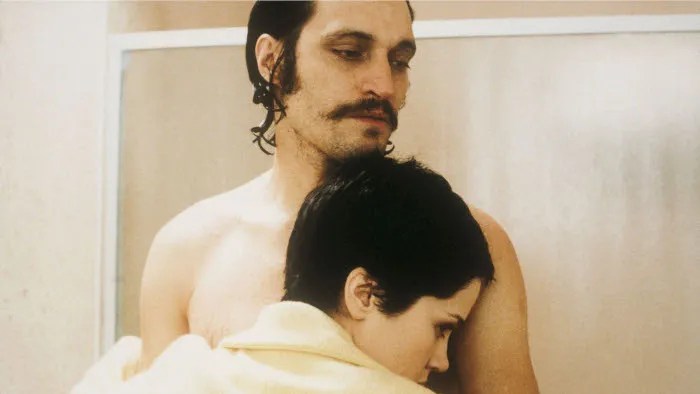
The “New French Extremity” refers to a canon of transgressive films made in the late nineties and early two thousands. French Extremity movies dive deep into taboos and trauma with such intensity that when the credits roll, you’re a different person after seeing them.
Table of Contents
If you manage to watch a French Extremity film all the way through, it will be tattooed in your brain forever. These aren’t horror movies. These are films that bear witness to the most traumatic of traumas — sexual assault, incest, self-harm, bone-and-soul-crushing violence — with an unflinching eye. Further, French Extremity films show more than just the physicality of violence. They linger in the wake of the psychological devastation they cause.
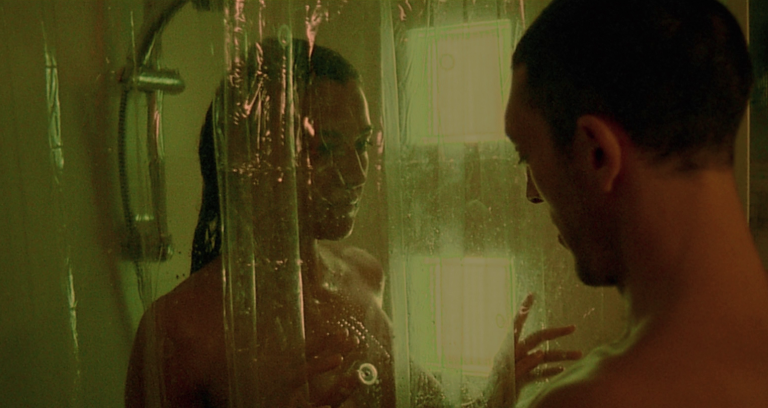
The movement began with shocking arthouse cinema films such as Gaspar Noé’s I Stand Alone (1998) and Bruno Dumont’s Twentynine Palms (2002). Then evolved and found a home within the horror genre with movies such as Inside (2007) and Martyrs (2008).
New French Extremity films are uniquely French. While France is often romanticized by the American mind, the French psyche is haunted by a gruesome history of bloody revolutions, wars, massacres, and colonization. Take, for example, the often sidestepped fact that France was occupied by Nazi Germany for over four years. Or that France itself was a brutal colonizer, most notably of Algeria until 1962.
New French Extremity films unleash the repressed violence of French history and confronts many of modern France’s pushed-under-the-rug issues. As French filmmaker Mathieu Kassovitz notes:
People think of Paris as the city of love or the city of light, but where you got love you got hate, where you got light you got darkness.
So into the gruesome depths of French culture we go.
Best New French Extremity Movies
Romance (1999)
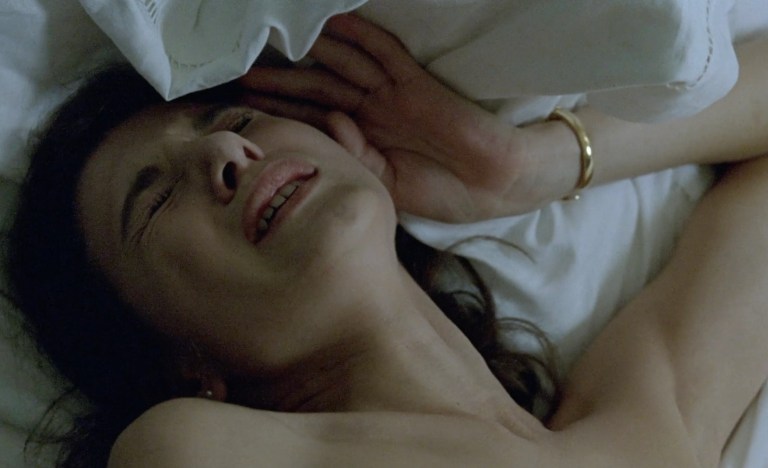
To juvenile viewers, Romance might feel more like a porno than a horror movie given, all the graphic scenes of non-simulated sex. Romance, however, is an early origin point for the New French Extremity movement and a powerful film about the horror of patriarchy. It is a prime example of the movement’s arthouse origins. Horror movie fans might be disappointed when watching this film, as it’s more extremely erotic than scary, but Catherine Breillat’s film is one of the best early examples of the New French Extremity movement.
Baise-Moi (2000)
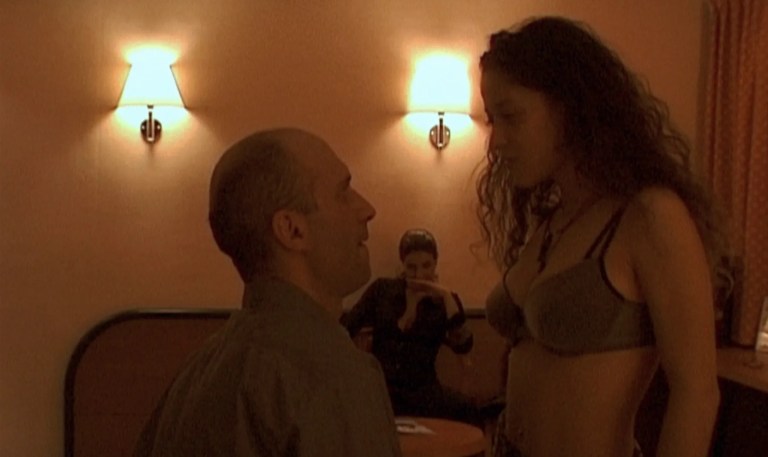
Baise-Moi is a vengeance story about two sex workers with a similar premise to movies like I Spit On Your Grave (1978) and Thelma and Louise (1991). It was incredibly controversial for its brutal depiction of underprivileged women in France, and it helped usher in a new wave of female-driven filmmaking. Non-simulated sex abounds in the film, along with nudity, but the core and truly controversial nature of the film emanates from the fact it is about two women, stripped of their agency in the French republic, that violently take it back through bloodshed.
Trouble Every Day (2001)
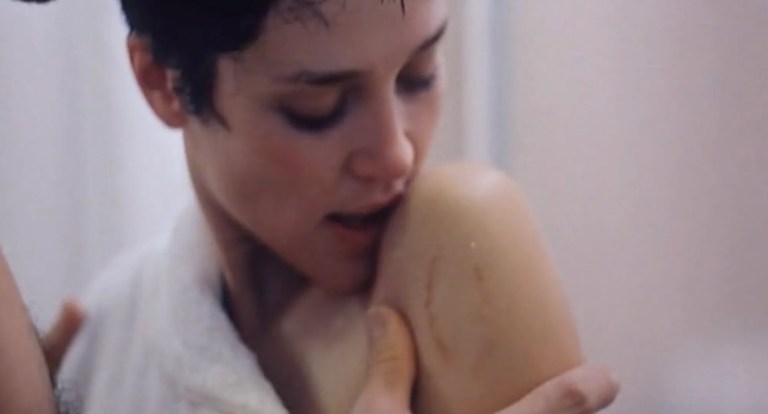
Celebrated filmmaker Claire Denis mixes sex and violence so that they are one and the same in Trouble Every Day. The plot involves a newlywed couple (Vincent Gallo and Tricia Vessey) on their honeymoon in Paris. Shane (Gallo) has an ulterior motive while in France, which leads him to a woman from his past (Béatrice Dalle). Ultimately, though, the plot is secondary to the jarring sequences that explore the human body and the all-consuming emotions related to love and desire, which tether into cannibalism.
Irreversible (2002)
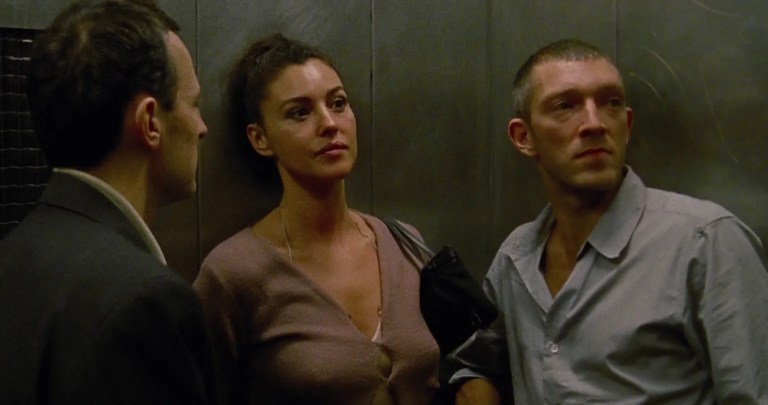
Controversial filmmaker Gaspar Noé crafts a brutal and disturbing story of revenge in Irreversible. The plot unfolds in reverse chronological order, thereby putting the film’s emphasis not on the act of revenge itself, but instead on the victims before their lives were shattered. Irreversible is an incredibly heartbreaking movie. It also became infamous when it was reported that multiple people walked out, and some even fainted, when it premiered at the Cannes Film Festival in 2002.
Twentynine Palms (2003)
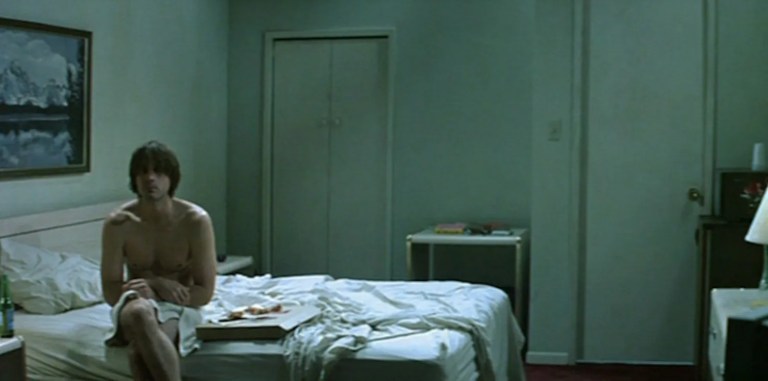
David (David Wissak) is a young American photographer who takes a road trip from LA out to the remote Mojave Desert town of Twentynine Palms along with a Russian woman named Katia (Yekaterina Golubeva). Neither of them speaks the other’s native language, so they communicate through their mutually clumsy and rudimentary grasp of French. Much of their time is spent slowly drifting through the vast and dusty sun-baked desert, quite often with no clothes on. The film though radically shifts from romance to violence. A review in Time Out says, “With his third feature, the director of ‘L’Humanité’ joins Michael Haneke and Gaspar Noé in exposing the violent, sex-crazed beast allegedly lurking inside us all.”
High Tension (2003)

A woman attempts to save her best friend after she is kidnapped by a serial killer in Alexandre Aja’s High Tension. Starring Cécile de France, High Tension is known primarily for its extreme violence and gore, but it also incorporates psychological elements that become more apparent as the movie goes on. It is a deeper movie than you might expect from its description, and it’s one that invites multiple viewings to fully appreciate everything that is going on.
Inside (2007)

Inside is relatively accessible movie, using a home invasion plot line as its starting point. Many consider it the most accessible of all the French Extremity films, although it is still gruesome and bloody. Inside also uses the suburban riots that climaxed in France in 2005 as the backdrop of its home invasion. These riots and the surrounding social unrest played an important role in defining the French Extremity movement.
Martyrs (2008)
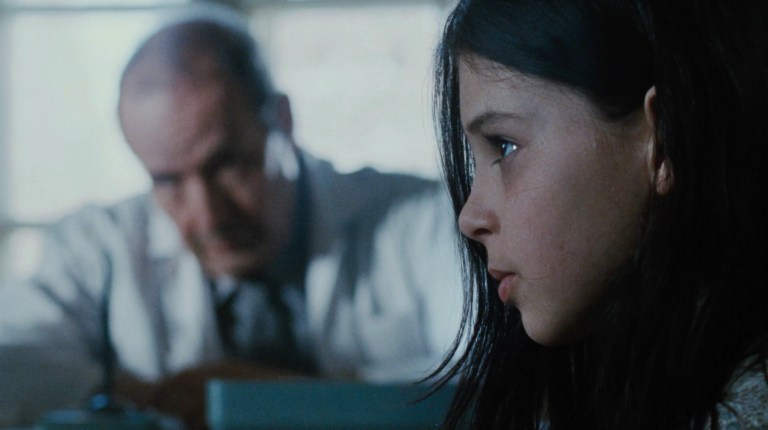
Martyrs starts out as a revenge movie, but it turns into something else entirely partway through. Lucie (Mylène Jampanoï), along with her childhood friend Anna (Morjana Alaoui), confronts a seemingly normal family who Lucie believes was responsible for abusing her as a child. This leads to a discovery that is far more disturbing that either of them could have imagined. Martyrs combines intense psychological horror with supremely uncomfortable body horror to create an unforgettable experience.
More French Extremity Films
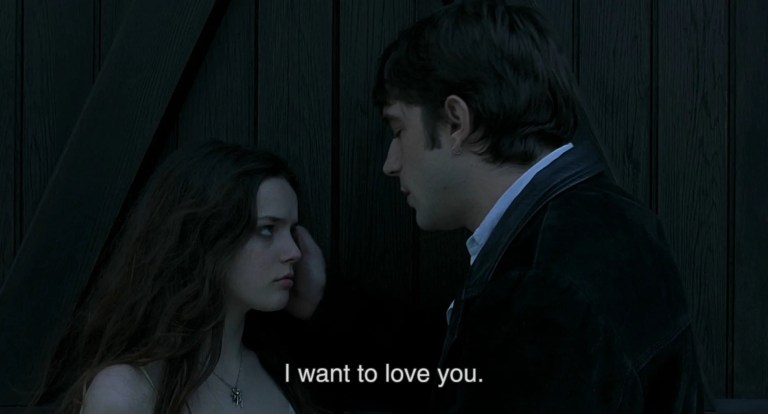
This section details other movies associated with the French Extremity, including ones that inspired the movement and were inspired by it.
- The Life of Jesus(1997) explores xenophobia and unemployment in modern France.
- I Stand Alone (1998) is Gaspar Noé’s disturbing portrait of a man whose mind simmers with anger, revenge, and hopelessness in a world he feels is against him.
- Pola X (1999) opens with Germany attacking France. A sexual relationship between a young man and a woman who claims to be his sister becomes even more complicated when their mother and her fiancee get involved.
- Criminal Lovers (1999) a young couple decides to kill a friend who annoys them, but when they escape, they find to their dismay that turmoil continues to plague them.
- Fat Girl (2001) is one of the more cringe yet unique movies from the movement and is directed by Catherine Breillat. It tells the tale of two sisters and their competitive dynamic growing up and the unique horrors of feminine sexuality.
- Caché (2005) a stalker is terrorizing a married couple by filming them through surveillance cameras and placing the recorded tapes on their front porch.
- Them (2006) a young French teacher and her lover move to the Romanian countryside, only to start being randomly attacked by what seems to be an unconnected series of strangers.
- Sheitan (2006) the plot revolves around the typical young people lost in the country trope, but with dashes of extremity and even offbeat humor.
- Frontier(S) (2007) a gang of young thieves flees the center of Paris after a tumultuous political election, only to find themselves stuck in a hotel with a group of neo-Nazis.
Frequently Asked Questions
Where did the term “New French Extremity” come from?
The phrase was coined by a critic in Art Forum in 2004 named James Qudant. His original intention in the article and with the phrase was to deride a spew of French arthouse movies that he viewed as pornographic. You can read the original article here. Then the pejorative term evolved to be something associated with something positive, particularly as the movement pivoted towards the horror genre.
Is Raw (2017) by Julia Ducournau part of the New French Extremity?
Raw is influenced by the New French Extremity, and it has many artifacts of the movement embedded in it. It wouldn’t be outlandish to call Raw a New French Extreme film, but most critics consider it a movement that responded to a political and cultural moment in France that started in the late 1990s and was more or less over by 2010. There is, of course, a New New French extremity as well, but we think the general consensus that the first wave was over by the time Raw came out.
What are some more details on why this movement emerged in France?
Popular web writing on the New French Extremity ignores how grounded in French culture it was, often just associating the movement with a group of French filmmakers and leaving it at that. In reality, it grew out of a particularly French mindset, deeply rooted in the cultural subconscious and historical context of France. Aside from historical events discussed in the intro, French writers such as Marquis De Sade and Georges Bataille paved the way for an extreme form of art, and so did Antonin Artaud with his manifesto for playwrights to embrace a “theater of cruelty” that violently smashed ideas into the audience.
What about the Hollywood and the French New Extremity?
There was an American version of Pascal Laugier’s Martyrs (2008) made in 2015 by Kevin and Michael Goetz. The American version, though, is generally considered to be so tame and naturalized that it loses all of the power of the French original. The film Maniac (2012) by French auteur Franck Khalfoun was also a Hollywood production and is often bucketed as part of the French New extremity, despite its traditional Hollywood backing.
What French films predated the New French Extremity, but had a similar transgressive nature? Although the French are credited as creating the first horror movie ever, French culture has for most of history shunned horror cinema. However, there are three movies in the that devout fans of French horror should check out:
- Eyes Without A Face (1960) is a bizarre and dark thriller about a plastic surgeon who lures young women to his office for the purpose of reconfiguring his daughter’s damaged face. France culturally rejected the film and the horror genre at large, but it worked its way to become one of the earliest inspirational points for the French New Extremity.
- The Rape of the Vampire (1968) in director Jean Rollin’s first film, a psychiatrist unsuccessfully tries to persuade four sisters that they are not vampires. Like Eyes Without a Face, the film was largely rejected by French culture at the time, and hence is an early transgressive film from France.
- Man Bites Dog (1991) two fictional documentary filmmakers track a fascinating man named Ben, who also happens to be a serial killer. As they become engrossed in their subject, they also face some horrifying moral dilemmas.
Further Reading
- Alexandra West, the journalist and host of Faculty of Horror podcast. has the definitive book on the French New Extremity. You can buy it on Amazon here and it is vital reading for anyone even vaguely interested in the movement. Her book also was a great source of inspiration and knowledge for this article.
- Creepy Catalog also has a list of all of Gaspar Noé’s films and a historical survey of all the best French horror movies.
- If you’re still looking for shocking and controversial movies to watch, consider our guide on the most disturbing movies ever made.